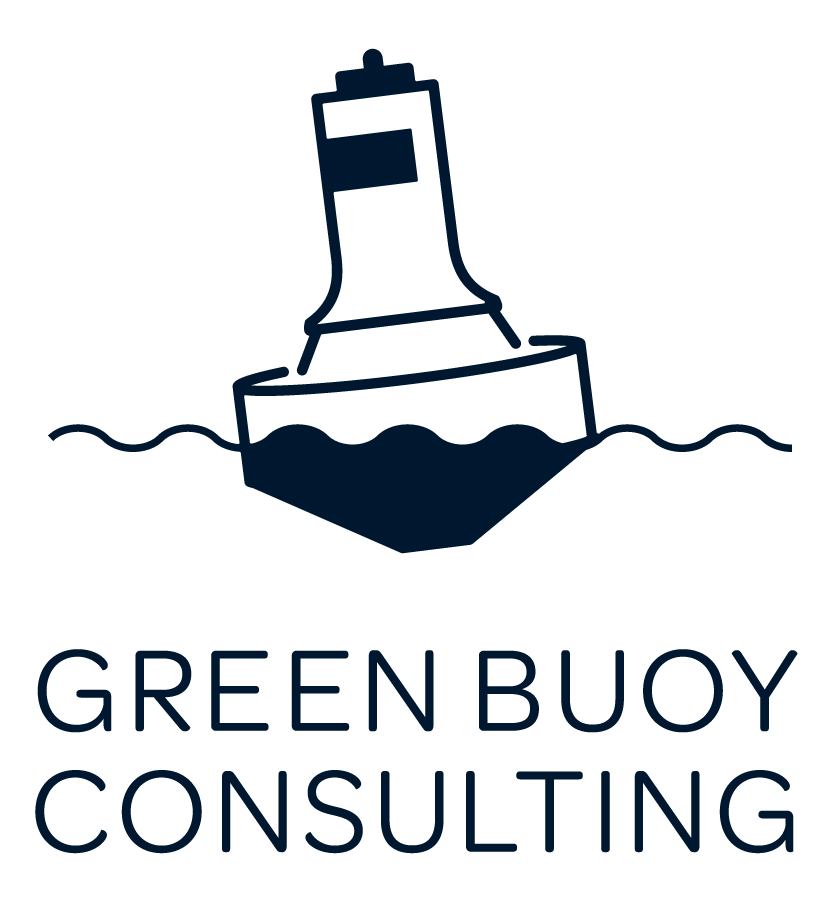Strategies for Addressing Sustainability in RFP Responses
Are you a small or mid-size company facing mounting inquiries from larger corporations about your environmental practices? Are you feeling the pressure to provide sustainability data but unsure where to start? You're not alone.
In this webinar, we will explore:
The rising trend of inquiries on sustainability practices from larger companies.
The types of documents and data these companies are seeking.
Strategies for effectively approaching and responding to these requests.
Insightful case studies highlighting successful approaches.
Q&A session to address your specific queries and concerns.
Don’t want to watch? Here’s a summary of what we talked about:
I want to delve into a topic that's increasingly pivotal for businesses: sustainability requests in Request for Proposals (RFPs). In this blog post, I'll walk you through why this trend is emerging, what these requests look like, and most importantly, how your company can effectively address them.
Why is this happening? The Current State of Sustainability in RFPs
Sustainability isn't just a buzzword anymore; it's becoming a critical component of business strategy, especially in B2B interactions. Companies are under pressure from multiple fronts—regulatory requirements, stakeholder expectations, and competitive dynamics—all demanding robust sustainability commitments. For instance, initiatives like the Carbon Disclosure Project (CDP) and new regulations such as California's climate policies are shaping this landscape significantly.
Related: Crafting a Comprehensive Corporate Sustainability Policy: A Step-by-Step Guide
Examples of Sustainability Requests in RFPs
Let me illustrate with some real-world examples. Companies across various sectors are now being asked to demonstrate tangible sustainability actions. From setting science-based emission reduction targets to disclosing greenhouse gas emissions annually, the requests are diverse and increasingly detailed. These demands come not only from customers but also from regulatory bodies and investors, highlighting a growing consensus on the importance of corporate sustainability.
Related: 5 Proven Strategies to Reduce Scope 3 Emissions in Your Business
Tactical Approach: How to Address Sustainability Requests in RFPs
Now, let's get practical. Addressing these requests effectively requires a strategic approach. Key steps include conducting a thorough carbon footprint assessment, setting science-based targets, and developing robust policies covering social and governance aspects. These actions not only fulfill immediate RFP requirements but also lay the groundwork for a comprehensive Environmental, Social, and Governance (ESG) strategy.
Step-by-Step Process for Addressing Sustainability Requests
To help you navigate this complex terrain, I've outlined a step-by-step process:
Internal Research: Understand your current sustainability footprint.
External Benchmarking: Learn from industry frameworks and competitors.
Policy Development: Create policies that align with best practices.
Roadmap Creation: Develop a clear roadmap for implementation.
FAQ Preparation: Anticipate and prepare responses to common sustainability inquiries.
Benefits of a Comprehensive ESG Strategy
Beyond compliance, embracing sustainability brings substantial benefits. Improved operational efficiency, enhanced attractiveness to top talent, and potentially lower capital costs are just a few advantages. These benefits underscore why investing in a robust ESG strategy is not just a box-ticking exercise but a strategic imperative for long-term success.
Related: Help! I'm a Supplier Getting ESG Questions
Action Items
To wrap up, here are some actionable steps you can take right away:
Conduct a thorough carbon footprint assessment.
Set science-based emission reduction targets.
Develop policies on social and governance issues.
Align with recognized reporting frameworks.
Create a comprehensive ESG strategy with a clear roadmap.
Maintain an FAQ or question bank for consistent responses.
Benchmark against industry leaders to stay competitive.
Communicate the broader benefits of sustainability within your organization.








